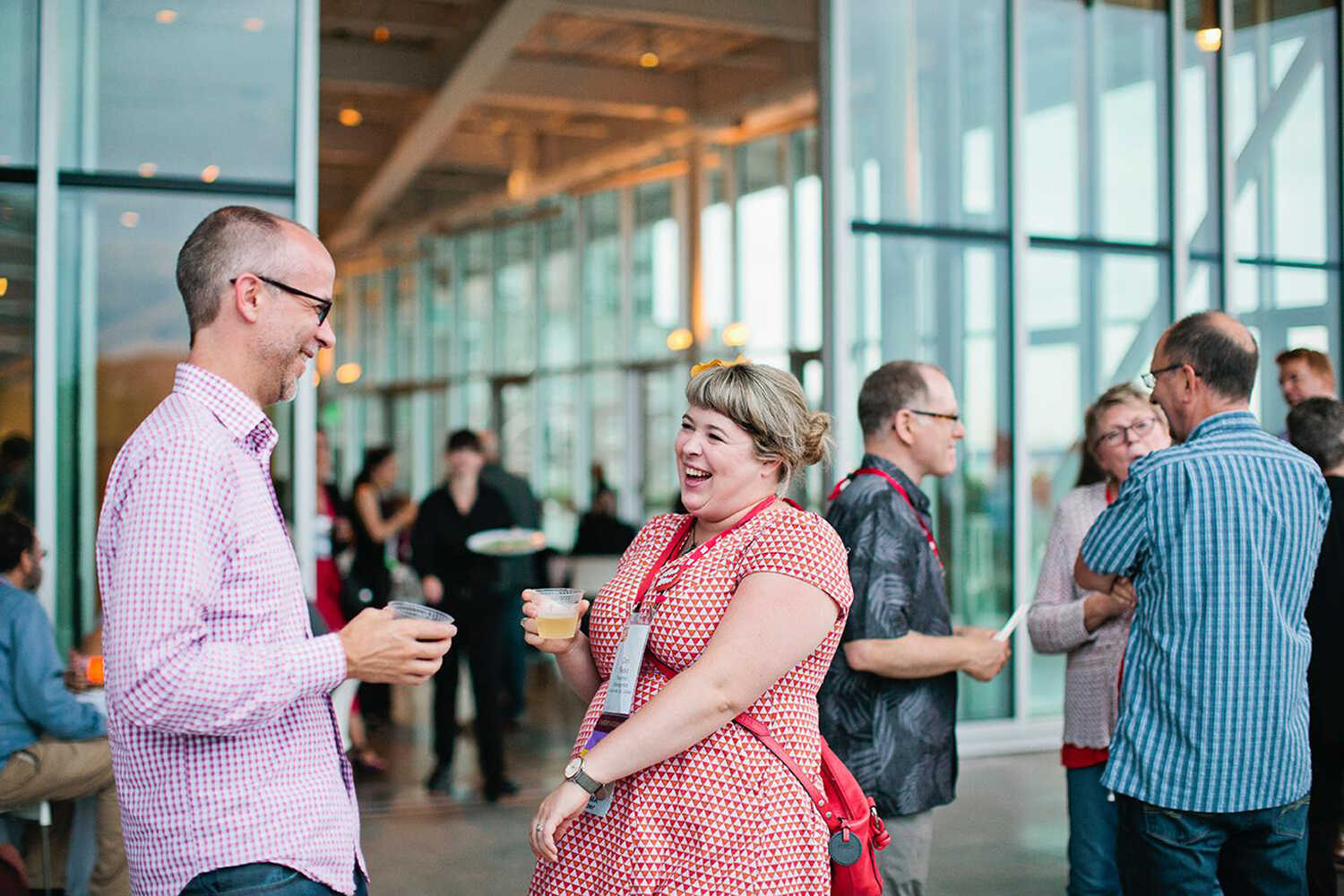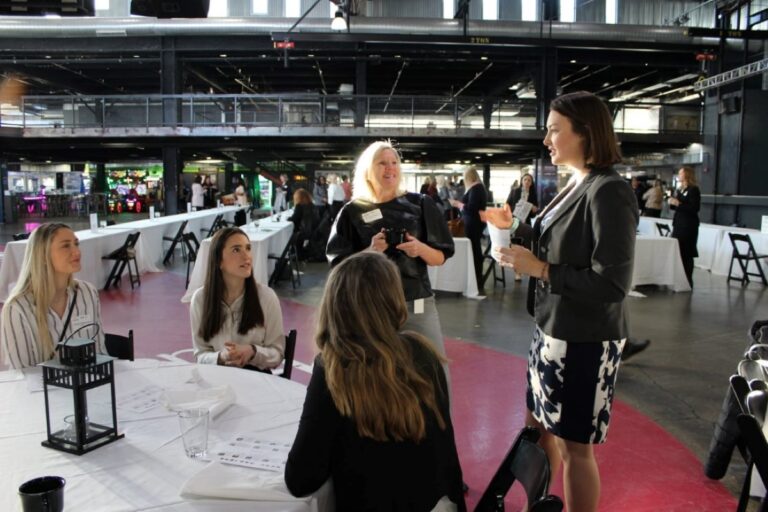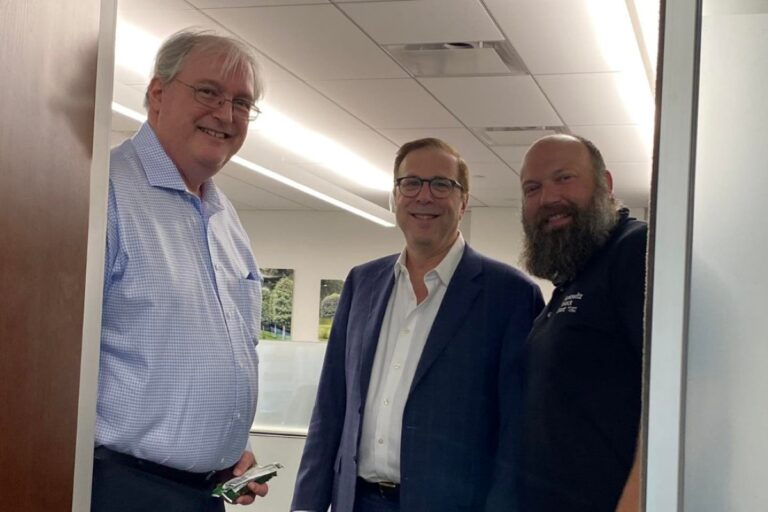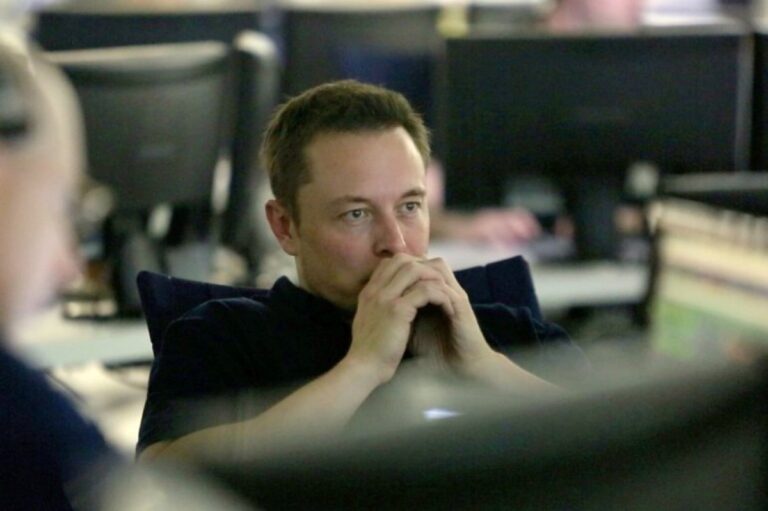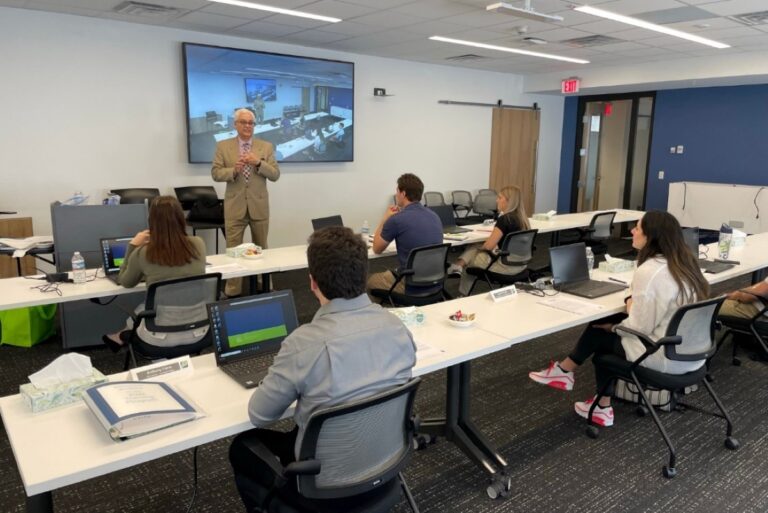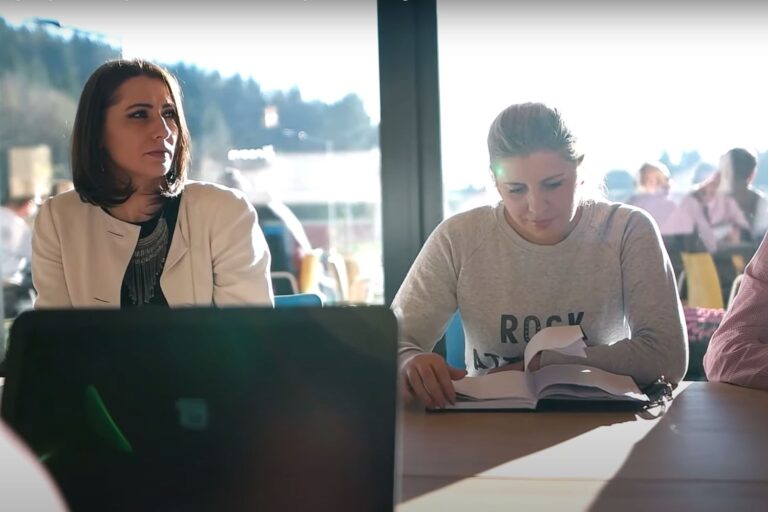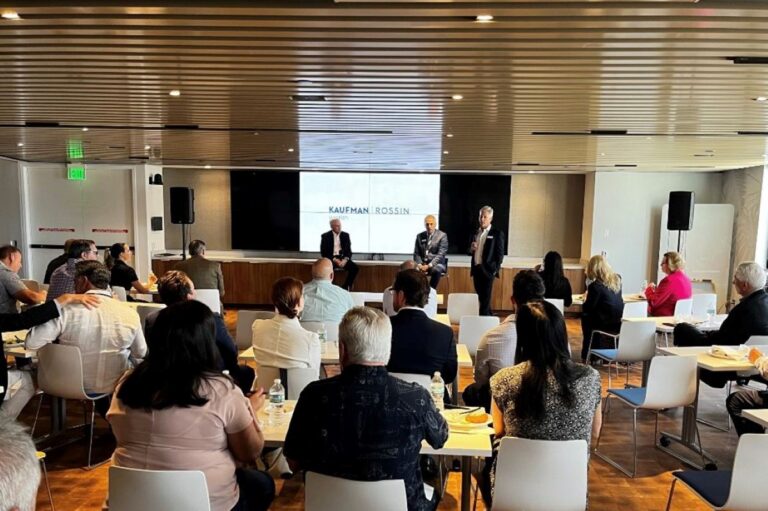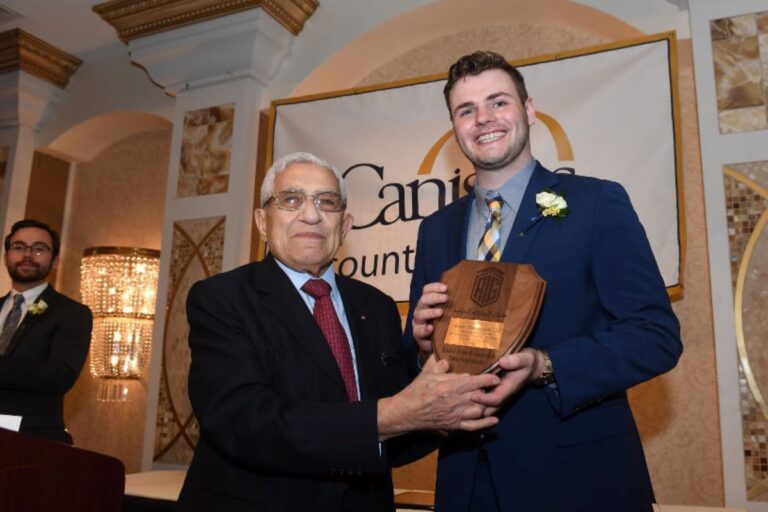How Do Retailers Take Advantage of Psychological Tricks to “Withdraw” Customers’ Money?
What psychological tricks do retailers use to get people to spend more money? Originally appeared on Quora: the place to gain and share knowledge, empowering people to learn from others and better understand the world.
Retailers use all kind of tricks, to get people to spend more money. At the grocery store, we get smaller and smaller packaging- all for the same price. And the stuff we came to the store for (the milk) is all the way at the back of the store, and the stuff we don’t need (the latest tabloid) is right at the front.
How much money people spend is often influenced by psychology, and the alternatives under consideration?
A few of my favorites:
The Anchor Decoy
A highly priced product that is not intended to sell. Rather, the retailer uses it to make the other products look attractive by comparison. The anchor decoy gets people to spend more money, by NOT buying it. For instance, when Williams-Sonoma introduced a breadmaker for $279, it wasn’t selling. They thought that customers may have wanted a bigger and fancier model. In anticipation of selling larger bread makers, they began selling a $429 model.
And guess what happened? The costly model flopped. But sales of the cheaper one doubled.Thisis the anchor decoy. When Williams-Sonoma only sold the $279 bread maker it looked expensive. However, when a $429 model came out, with just slightly fewer features, all of a sudden the $279 looked like a bargain, and sales picked up. Two options of the bread maker also make the market look bigger, and help to justify the purchase.
Exclusivity and the Veblen Good
Some people will always gravitate towards the highest priced items, so the anchor decoy also takes advantage of another psychological trick. The exclusivity principle dictates that certain customers will buy the $429 model. These status-conscious customers, will pay the price, no matter how high. This product is often referred to as a Veblen. Retailers often exploit this psychology, and increase prices on luxury items to increase that high status and perception of exclusivity, and therefore sales.
Retailing wisdom holds that Rolex began selling more watches when they increased the price, and the status of their product.
The Middling Effect
Most customers shy away from the lowest priced items. They don’t want to be cheap, and often associate the lowest price item with poor quality. Yet, unless they are that Veblen customer, they also don’t want to pay too much and buy the most expensive item. So, for retailers the best way to use psychology to increase sales, is to make the product the middle priced item.
For example, check out the following beer study. When consumers were offered 2 kinds of beer: $2.50 for a premium beer and $1.80 for the cheaper beer, around 80% chose the more expensive beer. When a third option was introduced, for $1.60, 80% bought the $1.80 beer and 20% the $2.50 beer. Nobody bought the cheapest option.
Third time around, the $1.60 beer was replaced with a $3.40 super premium. Again, the majority of consumers picked the middle option, the $2.50 beer, a small number the $1.80 beer and around 10% opted for the most expensive $3.40 Veblen.
That Magic Number 9
In eight studies published from 1987 through 2004, prices ending in the magic number 9 ($1.99, 49 and so on) boosted sales by 24% (as per Priceless).
In an experiment done by University of Chicago & MIT, a catalog was printed in 3 versions to test the psychological power of the magic number 9.
Each catalog was sent to an identically sized sample. The control price was set at $39. And in experimental versions, the identical item was tested at $34 and $44.
And guess what happened? There were more sales at $39 than at either of the other prices– including the cheaper $34!
Everyone Loves a Deal
Sale and discount prices appear to be the most magical trick of all. Everyone loves a deal, and will often buy products just because they are on sale. As Jack Menedez writes, he worked for a store that sold out jackets, “putting a marked down sticker to $150 on each jacket with another red mark down tag to $99.”
Contributed by Mira Zaslove, Sales Director

